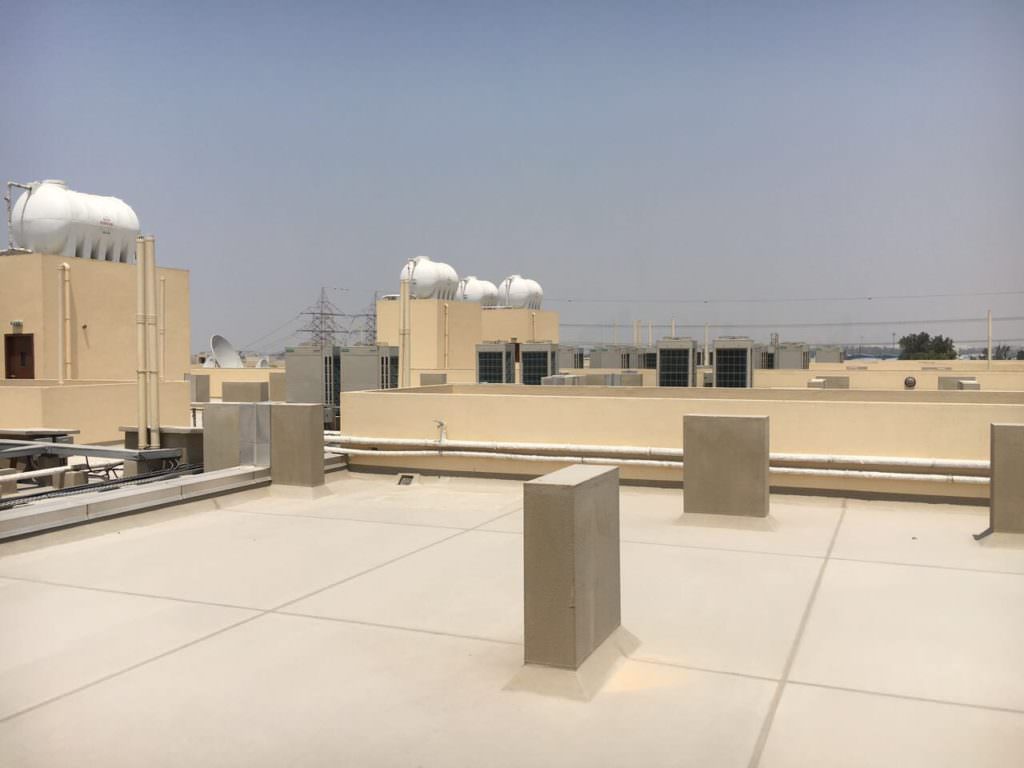

BACKGROUND
In January 31, 2016, Taqeef was commissioned to install a cooling solution for the top two floors of a four-storeyed labour accommodation block in Al Quoz, Dubai. The building owner deemed it fit that the original cooling regimen – of split systems – would remain operational to handle the needs of the ground and first floors. For the extension of the building – the second and the third floors – he resolved to opt for a more energy-efficient and controllable air conditioning solution. Taqeef identified a Fujitsu General VRF (variable refrigerant flow) system to deliver optimum cooling with minimum wastage.
CHALLENGE
With the building occupants unlikely to adjust cooling, when it was not required, an intelligent and intuitive system was required to ensure the efficiencies built into the technology were used to their maximum effect. Through careful design and planning, Taqeef was able to design a new system, which significantly reduced energy consumption and costs through:
SOLUTION
The installation of multiple indoor units for individual apartments provided greater control flexibility. In-occupancy sensors ensured the technology intelligently identified occupant absence. This resulted in the new system operating largely at part load, delivering significant and immediate energy savings. In addition, smart programmable controls gave the landlord the flexibility to adjust usage and cooling, depending on occupants work patterns. Consumption and usage analysis, provided by DEWA, concluded the cooling of the top two floors delivered a 41% reduction in energy consumption in the first eight months of installation, and savings of AED 300,000 – with projected annual savings of AED 500,000.
MEASUREMENT AND EVALUATION
Taqeef used a number of measurements to asses efficiency gains. As the company was able to use live comparison data in this instance, the results were completely quantifiable.
The energy auditing included: